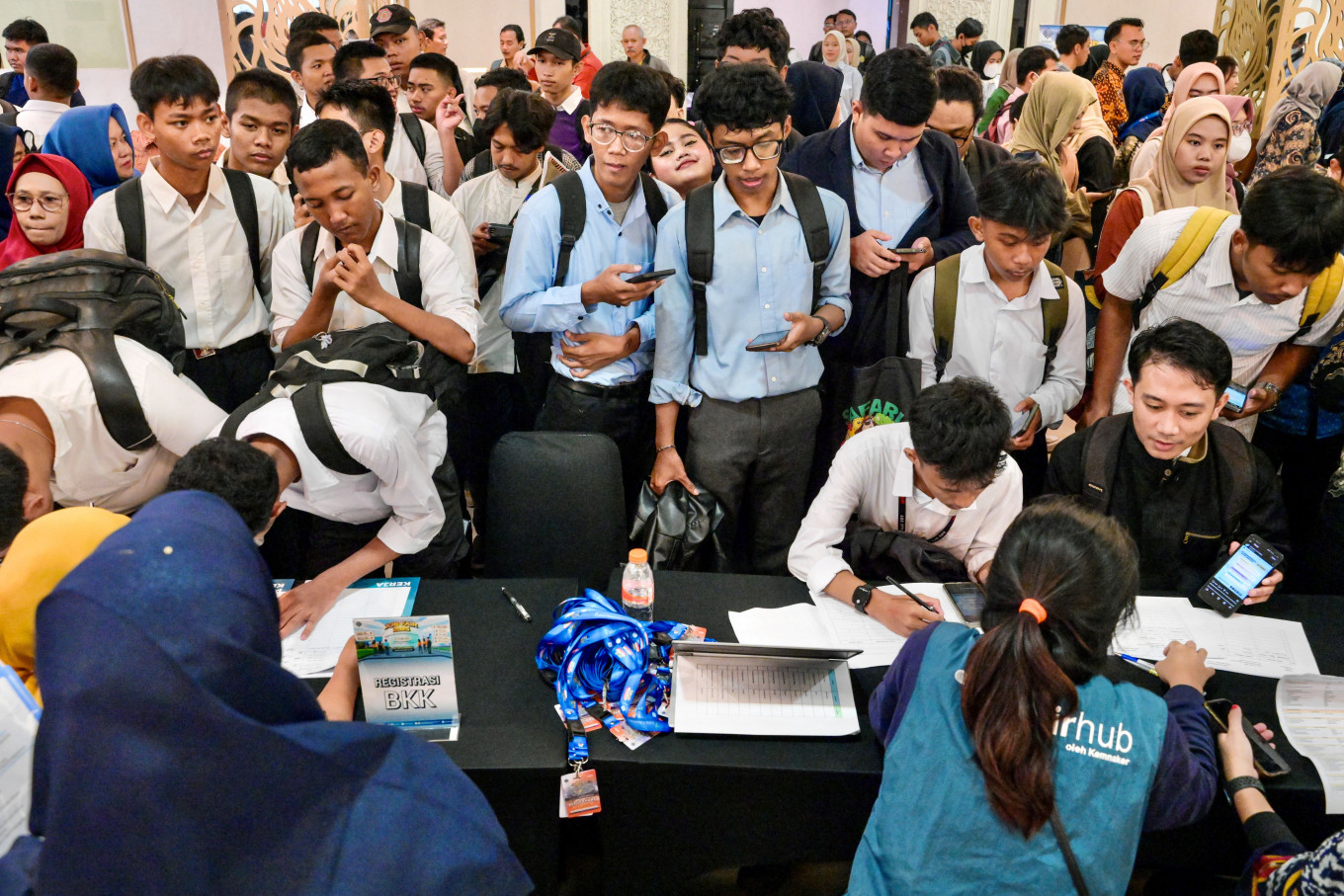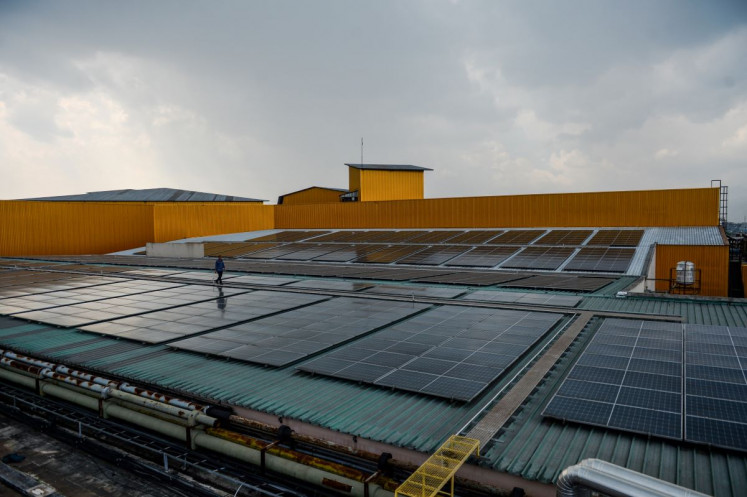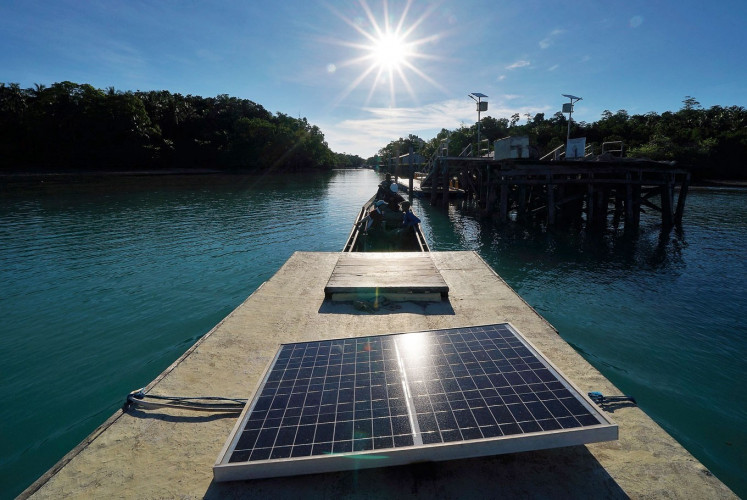Popular Reads
Top Results
Can't find what you're looking for?
View all search resultsPopular Reads
Top Results
Can't find what you're looking for?
View all search resultsCan the developing world weather the next financial crisis?
Developing countries must recognize the risks and take urgent steps to strengthen their economic resilience.
Change text size
Gift Premium Articles
to Anyone
A
s stock markets hit record highs, rising financial fragility is setting off alarm bells across the United States and Europe. The International Monetary Fund has recently echoed these concerns, stoking fears of a looming crisis.
The warning signs are everywhere – and they are disturbingly familiar. Asset prices are climbing well beyond what can be justified by underlying fundamentals, while nonbank financial intermediaries now play a similar role to that of “shadow banks” in the years leading up to the 2008 financial crisis. At the same time, the rise of stablecoins has pulled regulated banks into the opaque world of cryptocurrencies, and vast sums of speculative capital are flooding into artificial intelligence stocks, driven more by hype than by proven returns.
These trends bear the unmistakable marks of a financial bubble entering its most precarious stage, when even minor shifts in investor sentiment can trigger a sharp correction. The recent collapse of US auto parts supplier First Brands and subprime auto lender Tricolor, both heavily leveraged and closely linked to nonbank financial institutions, may be early indications of structural vulnerabilities that are only just coming into view.
Behind this growing fragility lies the rapid expansion of private financial institutions over the past decade. According to the Financial Stability Board, these entities – which raise funds from retail investors and leverage their positions through aggressive borrowing – now account for nearly half of the world’s total financial assets. Their appetite for risk has helped drive up asset prices, even amid trade uncertainties and policy volatility. And the dismantling of already-weak financial regulations under US President Donald Trump has only compounded the threat.
Taken together, these forces could set in motion the manic cycle famously described by the economic historian Charles Kindleberger. The first stage, “euphoria,” is dominated by optimism and excess. It is inevitably followed by a period of “stringency” as defaults rise and credit tightens, before giving way to “revulsion,” when fear grips financial markets and even solvent borrowers struggle to find financing. Whether this sequence culminates in full-blown panic and collapse depends largely on how governments respond. But even without a crash, the consequences can be severe.
If history is any guide, the question is when – not if – another major financial meltdown will occur. For most of the world’s population, however, the more pressing concern is how a crisis that originates in the US and Europe will affect their own countries.
The precedents are hardly reassuring: both the 2008 crisis and the COVID-19 pandemic showed that turmoil in the US and other wealthy economies can devastate poorer countries with limited fiscal space and little protection against external shocks. When crises spread beyond financial markets, the damage is swift and far-reaching. Investment dries up, growth falters and unemployment rises, triggering a chain reaction that reduces export demand and curtails foreign-exchange inflows from tourism and remittances, spreading the pain worldwide.



















